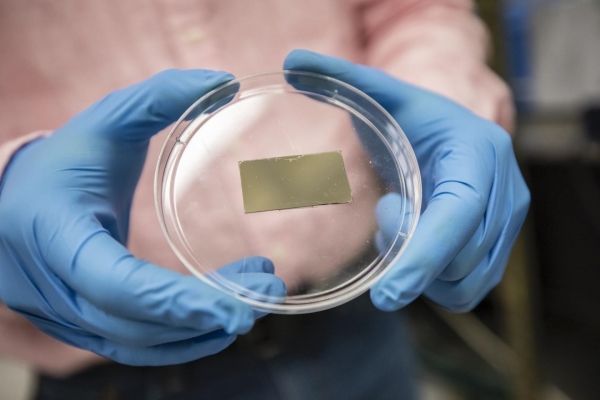Scientist Heinz Frei has spent decades working toward building an artificial version of one of nature's most elegant and effective machines: the leaf.
Frei, and many other researchers around the world, seek to use photosynthesis - the sunlight-driven chemical reaction that green plants and algae use to convert carbon dioxide (CO2) into cellular fuel - to generate the kinds of fuel that can power our homes and vehicles. If the necessary technology could be refined past theoretical models and lab-scale prototypes, this moonshot idea, known as artificial photosynthesis, has the potential to generate large sources of completely renewable energy using the surplus CO2 in our atmosphere.
With their latest advance, Frei and his team at the Department of Energy's Lawrence Berkeley National Laboratory (Berkeley Lab) are now closing in on this goal. The scientists have developed an artificial photosynthesis system, made of nanosized tubes, that appears capable of performing all the key steps of the fuel-generating reaction.
Their latest paper, published in Advanced Functional Materials, demonstrates that their design allows for the rapid flow of protons from the interior space of the tube, where they are generated from splitting water molecules, to the outside, where they combine with CO2 and electrons to form the fuel. That fuel is currently carbon monoxide, but the team is working toward making methanol. Fast proton flow, which is essential for efficiently harnessing sunlight energy to form a fuel, has been a thorn in the side of past artificial photosynthesis systems.
Read more at DOE/Lawrence Berkeley National Laboratory
Image: A sample of the solar fuel tile material, made by atomic layer deposition at Berkeley Lab's Molecular Foundry. (Credit: Marilyn Sargent/Berkeley Lab)


